No products in the cart.
Black Mustard Seed
$3,000.00
The mustard that walks the streets at night fighting crime and wearing a domino mask. Dark and intoxicating, it’ll put you in your place if you cross it.
SKU: N/A
Category: Uncategorized
Black Mustard Seed
Black mustard seeds are amongst the top mainstay spices used in Indian cooking. When soaked in water the myrosinase is activated and the dish will benefit from an intense heat and pungency. A trick, though, is to heat or toast the seeds in hot oil or ghee instead. The nutty flavors are achieved with none of the acridness. Myrosinase dissipates quickly when heated so it should be added towards the end of cooking if it’s been ground into powder.
Mustard seeds come in three varieties: yellow, brown, and black. Yellow mustard seeds (also called white mustard seeds since the sandy color can go either way) are used primarily in Europe and western Asia, whereas brown and black are used in India and the countries surrounding it.
Flavor-wise they all differ greatly. Yellow seeds are mellow with less pungency, and have an initial floral sweetness to them. Brown seeds are a bit horseradish-y with an earthy flavor (though sometimes possess enough heat to burn down a barn). Black seeds are particularly pungent and hot, the impact of biting into one is enough to bring about a nuclear winter.
Whole seeds have little aroma, and have to be ground for the flavors to awaken. The enzyme myrosinase is what gives mustard its acrid pungency and penetrating heat. However, it’s a fickle enzyme. Water must be added for the enzyme’s flavor to bloom and temperature matters. Cold water will ensure a mustard paste that is intensely hot, bitter, acrid, and pungent (possibly to the point of it being inedible if the water is ice cold). Warm water will mellow it out and hot water will negate the flavor all together.
| Ingredients | Mustard seed. |
|---|---|
| Basic Preparation | Ready to use as is, no basic preparation is required. Use this product whole or grind prior to use. |
| Recommended Applications | Black Mustard Seeds can be used whole or ground fresh prior to application. Add this product to vinaigrette dressings, chutneys, pickling spices or toast and add with other Indian Spices for a homemade curry spice blend. |
| Taste & Aroma | Bitter or Astringent, Pungent |
| Product Style | Whole |
| Cuisine | French, German, Indian, Italian, Mediterranean, Scandinavian |
| Handling / Storage | Store in a cool, dry place. |
| Shelf Life | 3 Years |
| Country of Origin | India |
| Dietary Preferences | All Natural, Gluten-Free, Kosher Parve, Non-GMO |
| Allergen Information | None Specified |
| Qty | Bulk |
|---|
1 review for Black Mustard Seed
Add a review Cancel reply
Related products
Uncategorized
$2,000.00
Uncategorized
$2,000.00
Uncategorized
$3,415.00 – $16,000.00Price range: $3,415.00 through $16,000.00
Uncategorized
$2,000.00
Uncategorized
$12.99 – $274.75Price range: $12.99 through $274.75
Uncategorized
$1,500.00
Uncategorized
$12,000.00
Uncategorized
$2,000.00

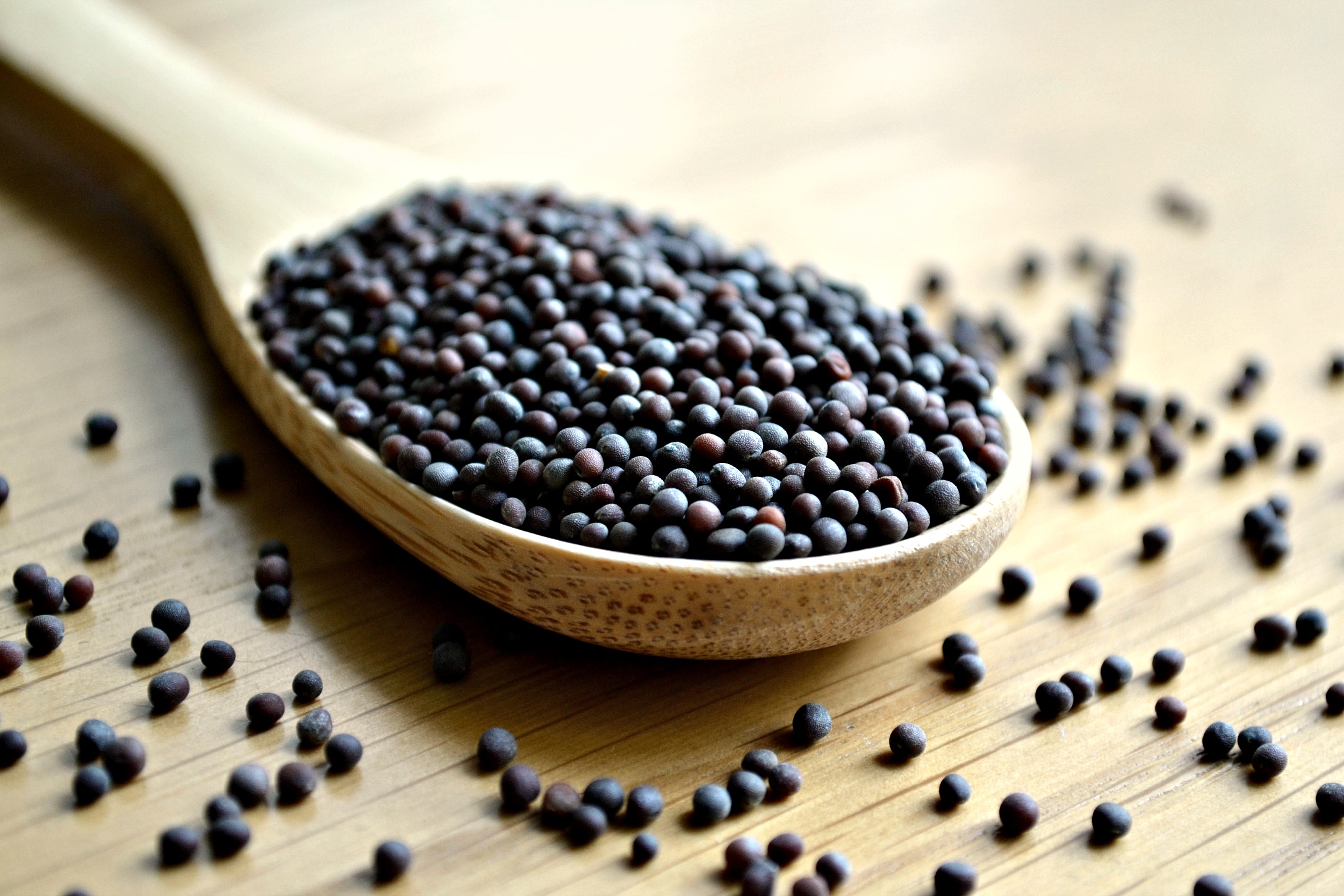

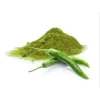

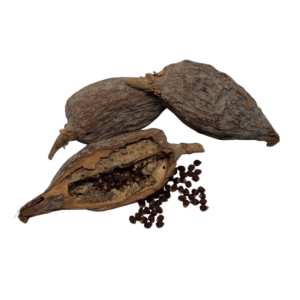



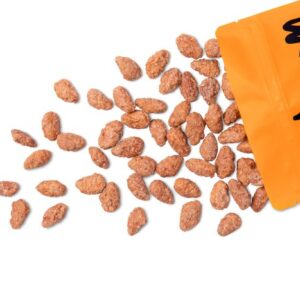
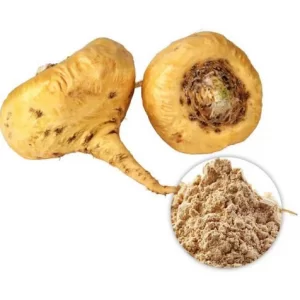
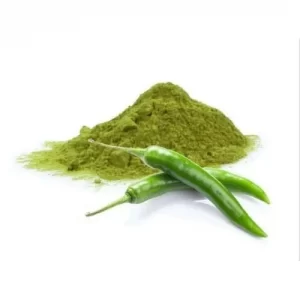
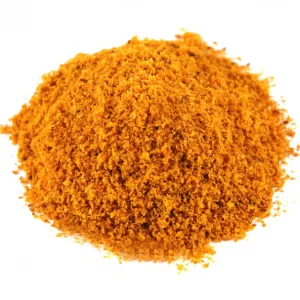
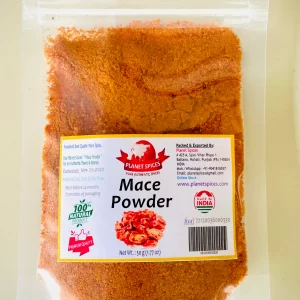
Khan –
Pleasant